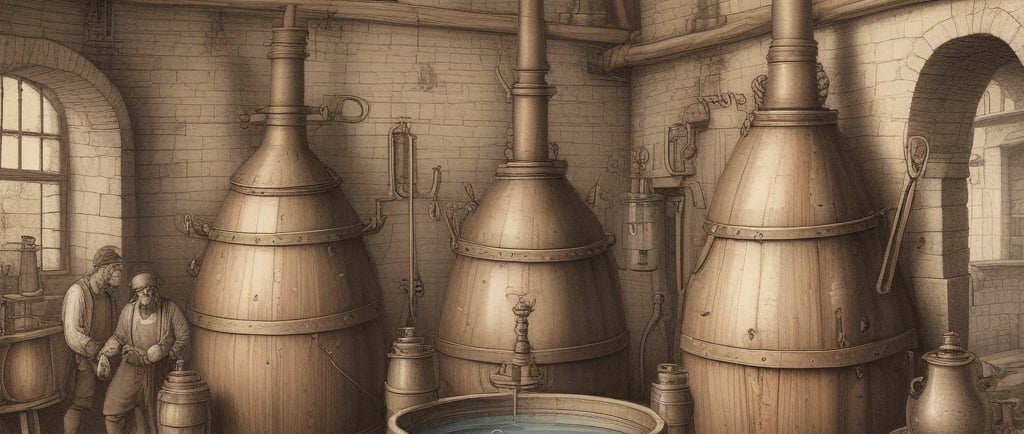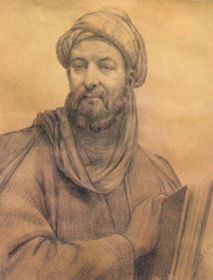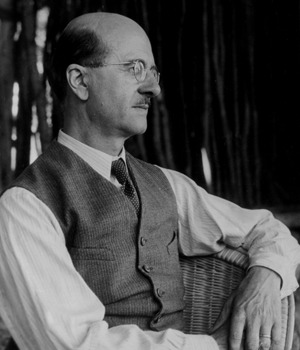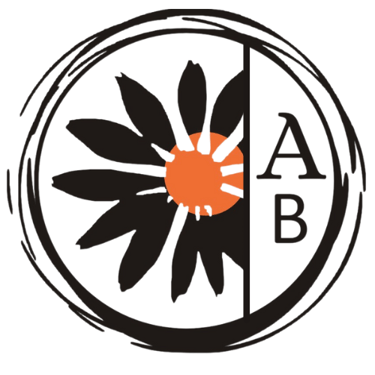From the heart of Greece, to your home
The Evolution of Essential Oils: A Deep Dive into Their Historical and Herbal Significance
Join Manolis Manos, medical herbalist and co-founder of Anthos Botanicals, as he explores the fascinating history of essential oils, their origins, and their evolution into popular natural remedies. Discover how herbal medicine and aromatherapy can enhance your wellness journey.
HISTORICAL FACTSESSENTIAL OILS
Manolis Manos
12/14/20244 min read


The Ancient Origins of Essential Oils
The story of essential oils begins thousands of years ago when early civilizations discovered the power of plants to heal, uplift, and transform. Aromatic plants were not only prized for their medicinal and cosmetic benefits but also revered in spiritual and cultural practices.
Early Beginnings in Mesopotamia and Egypt
Mesopotamia (3500–3000 BCE): Archaeological findings reveal that the Sumerians, one of the earliest civilizations, used aromatic plants like cedarwood and myrrh in rituals and medicine. Tablets inscribed with plant-based recipes showcase their knowledge of blending resins and oils for ceremonial purposes.
Egypt (circa 2000 BCE): The Egyptians took the use of aromatic plants to another level. They infused oils by soaking flowers, herbs, and resins in fat or oil to create salves and perfumes. Essential oils, particularly frankincense and myrrh, were central to the embalming process, preserving bodies for the afterlife. Texts like the Ebers Papyrus (1500 BCE) detail the medicinal uses of plants and oils, highlighting their role in treating ailments, enhancing beauty, and spiritual purification.
India and Ayurveda
In India, the ancient healing system of Ayurveda, dating back over 5,000 years, placed significant emphasis on the therapeutic properties of plants. Oils were not only used for massage and physical healing but also to balance the mind and spirit. Sandalwood, jasmine, and vetiver oils were integral to Indian rituals, including meditation and worship.
Greek and Roman Expansion
The Greeks: Aromatic plants and oils found their way to Greece through trade with Egypt and Mesopotamia. Hippocrates (460–370 BCE), often called the father of medicine, advocated for the use of plant-based remedies, including aromatic baths and massages, to prevent illness.
The Romans: Building on Greek traditions, the Romans popularized essential oils throughout their empire. They used them extensively in baths, perfumes, and even military preparations, believing that certain scents could invigorate soldiers. Lavender and rosemary became staples in Roman daily life, symbolizing cleanliness and luxury.
The Invention of Distillation: A Game-Changer
While ancient methods often relied on infusing oils or pressing seeds, the invention of distillation revolutionized the production of essential oils.
Persian Origins (circa 1000 CE): The art of distillation is credited to Avicenna (Ibn Sina), a renowned Persian physician and scholar. He refined the technique to extract high-quality essential oils like rose oil, setting the stage for their broader use in medicine and perfumery. His work influenced both the Islamic and European worlds, spreading the knowledge of distillation far and wide.
Medieval Spread: Distillation technology advanced during the Islamic Golden Age, with scholars like Al-Kindi documenting hundreds of aromatic substances. These oils were transported along trade routes to Europe and Asia, expanding their global influence.
Essential Oils in the Middle Ages and Renaissance
Arabic Influence and Knowledge Sharing
The Islamic world played a crucial role in preserving and expanding the use of essential oils during the Middle Ages. Arabic scholars translated ancient Greek, Roman, and Indian texts, enriching their understanding of herbal medicine and aromatics. Essential oils like frankincense, myrrh, and saffron were considered luxury items, used by the wealthy and in religious ceremonies.
European Rediscovery
During the Crusades (11th–13th centuries), Europeans encountered Arabic practices and began rediscovering the value of essential oils. By the 13th century, apothecaries in Europe were distilling oils from local plants, including lavender, chamomile, and mint. These oils were used to treat common ailments, combat plagues, and create perfumes for the elite.
The Modern Evolution of Essential Oils
The 19th Century: Science Meets Nature
The 1800s marked a turning point as the Industrial Revolution brought advancements in chemistry. Scientists began isolating and identifying the active compounds within essential oils, such as menthol from peppermint and eugenol from clove. These discoveries paved the way for their use in modern medicine, perfumery, and food flavoring. Essential oils were now seen as both an art and a science, bridging traditional practices with emerging technologies.
Aromatherapy: A 20th-Century Revival
In 1937, French chemist René-Maurice Gattefossé accidentally discovered the healing power of lavender oil after suffering a burn in his lab. This event inspired him to coin the term "aromatherapy," igniting a renewed interest in essential oils as therapeutic tools. Dr. Jean Valnet further expanded the field, using essential oils to treat physical and emotional ailments, particularly during World War II.
Essential Oils Today
In the 21st century, essential oils have become a global phenomenon. They are now used for a wide range of purposes, from relaxation and skincare to natural cleaning solutions. With a growing demand for holistic wellness, essential oils have solidified their place in both alternative medicine and mainstream lifestyles. Their versatility makes them an essential part of modern health and beauty routines.
Cultural and Spiritual Significance
Essential oils have remained deeply intertwined with cultural traditions across the globe:
Religious Practices: Frankincense and myrrh have been used in spiritual ceremonies for millennia, symbolizing purification and divinity.
Traditional Medicine: Aboriginal communities in Australia used tea tree oil for its antiseptic properties, while sandalwood has been a cornerstone of Indian rituals and Ayurveda.
Cosmetics and Beauty: Oils like rose and jasmine have been treasured for their skin-enhancing properties, gracing beauty regimens in cultures from the Middle East to Europe.
A Legacy That Continues
From ancient temples in Egypt to modern-day wellness routines, essential oils have stood the test of time. Their journey reflects humanity's enduring relationship with nature and the healing power of plants.
At Anthos Botanicals, we honor this legacy by crafting pure, organic essential oils that capture the essence of their storied past while embracing the science of today.
Explore Our Essential Oils
Ready to incorporate essential oils into your daily wellness routine? Browse our essential oils collection to experience the rich history and proven benefits of nature’s finest remedies.
FAQs About Essential Oils
Who first invented essential oils?
The Persians refined distillation to create the first true essential oils, with Avicenna playing a pivotal role in their development around 1000 CE.
How were essential oils used in ancient Egypt?
Egyptians used aromatic oils for embalming, religious rituals, cosmetics, and medicine as early as 2000 BCE.
What is aromatherapy, and when did it start?
Aromatherapy, coined by René-Maurice Gattefossé in 1937, is the therapeutic use of essential oils for physical and emotional well-being.
Are essential oils still relevant today?
Absolutely! Essential oils remain a cornerstone of natural wellness, offering benefits for relaxation, skincare, and more.
Explore the world of essential oils with Anthos Botanicals—where ancient wisdom meets modern wellness.


Avicenna
René-Maurice Gattefossé


30 6972458821
contact@anthosbotanicals.com
Alkaiou 7a, 38334, Volos, Greece
© 2024. All rights reserved.
